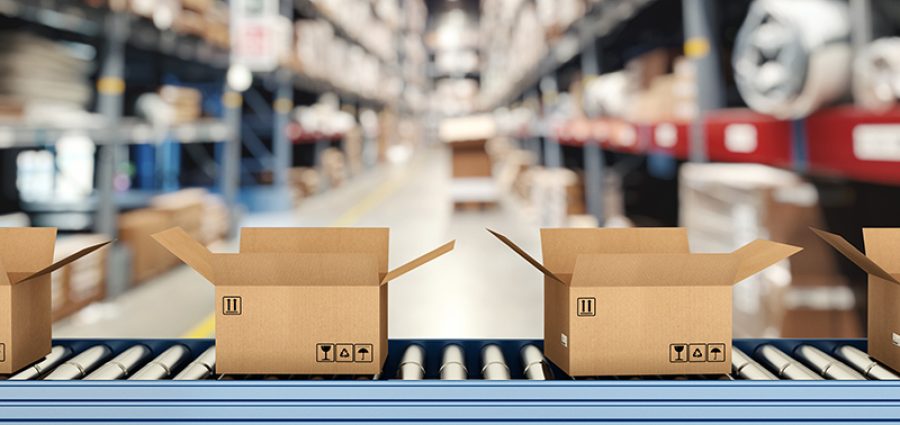When companies shut down operations when the COVID-19 pandemic began earlier this year, the manufacturing industry was among the hardest hit, with an 11 year low in both employment and new orders.
While many distributors and warehouses are continuing to reopen with new guidelines in place, they’re likely looking to make up for lost time. This is no small feat and is easier said than done, especially as the country is seeing an uptick in cases which means more disruption could be on the horizon.
In order to keep employees safe while getting back on track, distributors can consider using the Internet of Things (IoT) as they navigate this new reality. With IoT technology, distributors can collect valuable data and insights to help make informed decisions about workers’ safety and distribution operations, while also lowering costs.
Below are a few ways the IoT can help distributors resume operations and meet business goals, while maintaining the safety of employees:
Optimize Operations
While facing large-scale disruption this year, the last thing distributors need is broken machinery to slow down the distribution process again. To combat this challenge, distributors must ensure that maintenance is happening regularly and before massive repairs are needed — or worse, machinery fails.
Distributors can use IoT-enabled sensors hooked to crucial pieces of machinery throughout the distribution floor. That way, employees can be automatically notified in real-time when key metrics move outside of normal ranges or a piece of machinery is performing below normal levels. For example, if the temperature inside a facility is unusually high or low, the facility manager can have someone adjust the thermostat before product is damaged.
In addition to monitoring temperature, IoT devices can also monitor metrics like humidity, switches and voltage throughout the facility. The sensors can detect opening, leaks, battery charge, flood and more in pipes and equipment. The ability to monitor metrics in a warehouse is crucial as distributors are looking to avoid disruption and inefficiency through predictive maintenance.
Prevent Theft
Not only do distributors need to make sure operations are running smoothly, they also need to protect their warehouses from being broken into. After months of slow business, distributors cannot afford to take on more loss due to theft and should prioritize security in warehouses.
IoT can be impactful when it comes to preventing break-ins. While most security alarms are connected via the Global System for Mobile communications (GSM), hackers can easily break in due to the wide availability of GSM jammers on the market. Distribution managers can prevent jams by using IoT-enabled alarms that run on a 0G network, which secure any building at low cost and tackle the problem of jamming. The 0G alarms use radio technology and thus are resistant to jamming, in turn helping ensure that alarm systems function normally. Having this added layer of security will allow distribution managers peace of mind knowing their goods are safe.
Prioritize Health
Optimizing operations and preventing theft within a warehouse is important, but distribution managers want to prioritize the health of their employees above anything else. Employees need to feel safe at work and see that social distancing guidelines are being followed, so they can return home to their families with their minds at ease.
IoT can help managers ensure the health and safety of employees by placing IoT-enabled occupancy management sensors at different facilities. As a result, managers will have visibility as to who has checked in at different warehouses in real-time. This information will be beneficial for managers who are looking to know how many people are in a warehouse at any time and whether the building’s capacity has been reached. IoT-enabled occupancy management sensors can also provide a way to quickly contact trace a given warehouse, should any employee test positive for the virus. Sensors powered by IoT attached to workstations can also monitor if employees are practicing social distancing measures and notify managers when stations need to be sanitized.
In today’s new reality, distributors have experienced slowed down operations and can consider implementing IoT devices in their warehouses to make up for lost time and prioritize the wellbeing of employees. Distributors can continue to manage the ongoing challenges of the COVID-19 pandemic, while also preparing for inevitable future disruptions.
Eddie Meyersick is director, ecosystem & account management at Sigfox USA.
Related Posts
-
This merger joins Delta’s members with AD’s PVF members and will bring collective member sales…
-
Size doesnt matter when it comes to being successful in e-commerce. Walmart recognized that its…
-
It all starts with your website — but it doesn't end there. B2B online marketing…




